Intel’s new Lunar Lake platform aims to compete with Apple and Qualcomm in the AI PC market. It features up to 120 TOPS of AI performance, 40% lower SoC power consumption, new Lion Cove P-cores and Skymont E-cores, and 1.5× faster graphics. The platform also enhances AI capabilities with up to 48 NPU TOPS. Supporting over 80 designs, primarily ultra-thin laptops, Lunar Lake emphasizes robust software support for AI applications. It is set to debut for the holiday season.
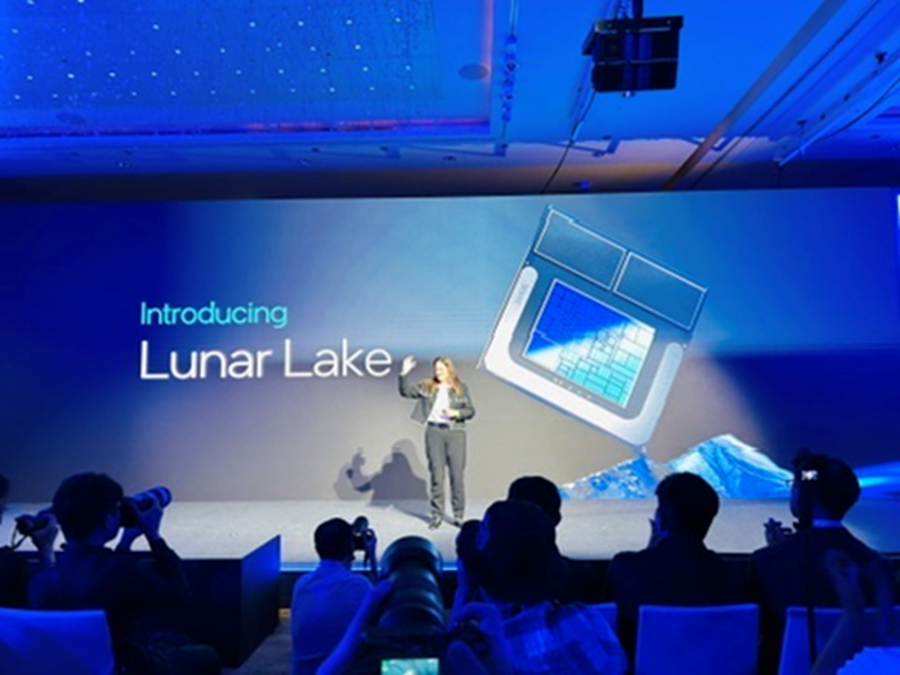
What do we think? Intel’s Taipei event showcased not so much a new microarchitecture and platform as the company’s intention of leading the AI PC revolution. With Lunar Lake, an arguably Apple M3- or Snapdragon X Elite-like design that Intel has got to market in record time (which required disrupting their usual product cadence), Intel is set to face the potentially existential threat of not being the leader in AI PC, head-on.
Intel Lunar Lake takes on Apple and Qualcomm for AI PC
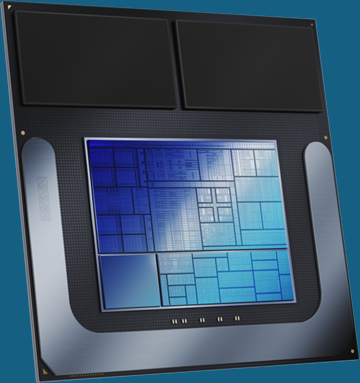
The Intel Technology Tour 2024 brought the company to Taipei, arguably the heart of the PC industry. The event marked Intel’s third technology tour, following stops in Israel (2022) and Malaysia (2023) and brought together 200 analysts and media for briefing ahead of Computex 2024. It was a massive and, no doubt, very expensive undertaking that showed just how committed Intel is to being seen as the AI PC chip company.
Intel made it clear it believes that, over the past 30 years, it has been instrumental in creating and scaling the PC category, transitioning from desktops to mobile devices, introducing connectivity, and now pioneering the AI PC with over 8 million units of Meteor Lake AI PCs shipped to date. Intel claims to ship more in a quarter than competitors do in a year.
Intel says the AI revolution is projected to drive a trillion-dollar semiconductor market by 2030, with Intel focused on integrating AI from client devices to data centers (new server family Xeon 6 and AI processor Gaudi 3 were also featured at the event).
Intel introduced the Intel Core Ultra in December 2023, integrating the CPU, GPU, and Neural Processing Unit (NPU) to deliver a new AI PC experience. Since the launch, Intel says it has collaborated with ecosystem partners to bring 230-plus AI PC designs to market, supporting advanced applications such as text-to-image creation and personal AI assistants.
But that generation of AI PCs is powered by the Meteor Lake family, which turns out to be problematic from the point of view of the NPU TOPS requirements of key AI PC applications, such as Copilot+ from Microsoft, that run locally on the PC. Intel is open that Copilot+ requires 40-plus TOPS of NPU. Meteor Lake has only 10 TOPS, similar to AMD’s Ryzen Hawk Point but well below the Snapdragon X Elite’s claimed 45 TOPS.
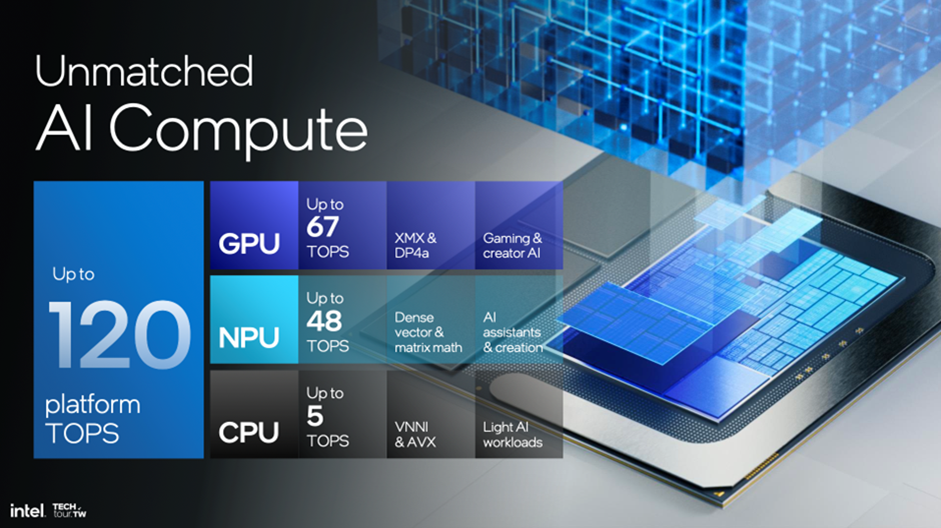
And so, Intel has brought into the market an AI-focused platform, Lunar Lake, pitched as Intel’s next step in the AI PC journey. It comes at an odd cadence, as the next Intel platform, Arrow Lake, will be derived from Meteor Lake, not the all-new Lunar Lake microarchitecture (although we believe Arrow Lake will at least get Xe2 GPUs).
Lunar Lake promises breakthrough x86 efficiency, exceptional core performance, and significant improvements in graphics. The platform boasts up to 120 platform TOPS of AI performance, aiming to challenge the efficiency of Arm processors.
Key features of Lunar Lake include:
- Second-generation low-power islands: Offering up to 40% lower SoC power consumption.
- New Lion Cove P-cores and Skymont E-cores: Delivering high performance with enhanced power efficiency.
- 1.5× faster graphics: Compared to the previous generation, enhancing both gaming and creative tasks.
- Enhanced AI capabilities: With up to 48 NPU tops and extensive software support.
The Lunar Lake platform features in over 80 unique designs, including mostly ultra-thin laptops but also NUCs, set to hit the market before the holiday season.
Intel is keen to stress they have a robust software support and developer infrastructure because AI PC hardware is nothing without the apps. Lunar Lake will get Copilot+ in the later part of the year, presumably at launch, though Microsoft seems to have given most of the Copilot+ launch love to Arm-based PCs.
Intel’s AI PC developer program aims to accelerate the delivery of AI experiences, and Intel says 500 AI models are optimized for Intel Core Ultra and already available across popular platforms like TensorFlow, PyTorch, and ONNX.
The new Lunar Lake AI PC Development Kit, also compatible with future processors like Panther Lake, was also introduced; it features access to the platform’s complete 120 TOPS of performance across CPU, GPU, and NPU. We saw it in action across several demos including an impressive gaming upscaling using the newly released F1 24. Intel proudly pointed out the game was running at launch on the Xe2 GPU.
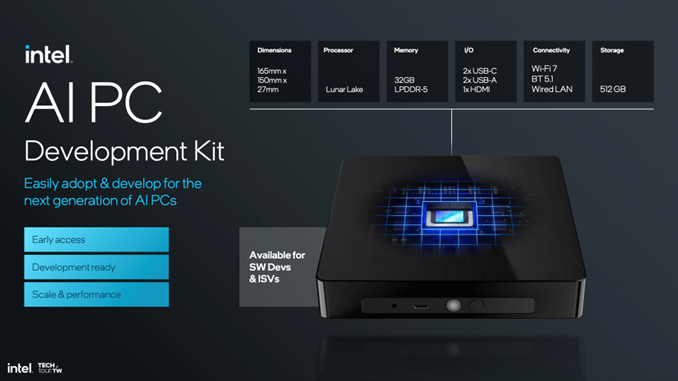
Future road map and Intel’s silicon leadership goal
Intel has an aggressive product road map, with Lunar Lake debuting for holiday season shipments and Arrow Lake for enthusiast desktops following not far behind (expect to hear more in Q4). The company’s focus on performance, graphics, and AI positions Lunar Lake as a transformative product for Intel as it executes what it calls Intel’s IDM 2.0 strategy to deliver continuous innovation in manufacturing and product development. Intel’s vision includes scaling AI PCs across various segments and price points, ensuring accessibility and performance for all users, but Lunar Lake is definitely a premium product on launch, a fact confirmed by Acer, Asus, and other OEM partners that are positioning it at the top of their ranges.
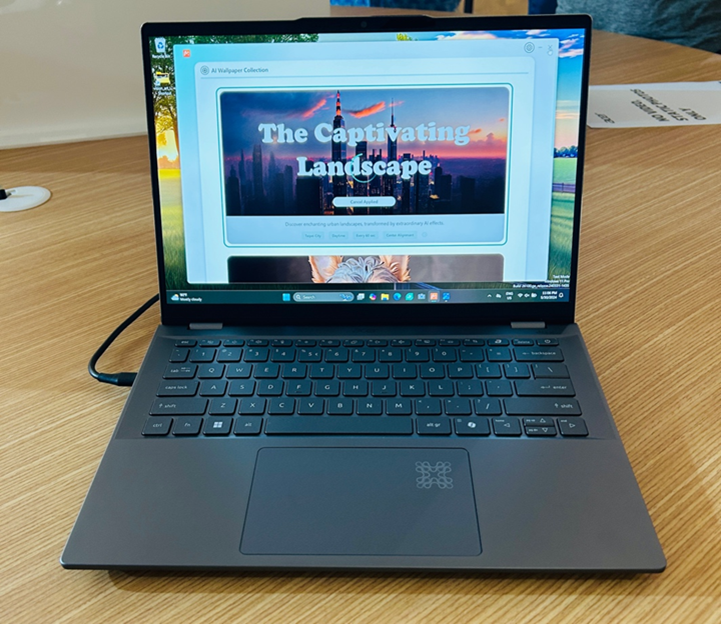
Inside Lunar Lake
The key to Lunar Lake is a hybrid core architecture, combining high-performance P-cores and efficient E-cores (a low-power island) to optimize power and performance. These cores are all new.
There is also an advanced graphics engine featuring eight Xe cores, enhanced ray-tracing units, and AI matrix engines, which Intel says provides up to a claimed 50% more graphics performance. We will be posting a more in-depth look at Xe2 shortly.
Add to that, power management innovations implementing fine-grained power control and dynamic voltage adjustments to maximize energy efficiency and, more controversially, on-package memory, reducing latency and power consumption with support for up to 32GB of LPDDR5.
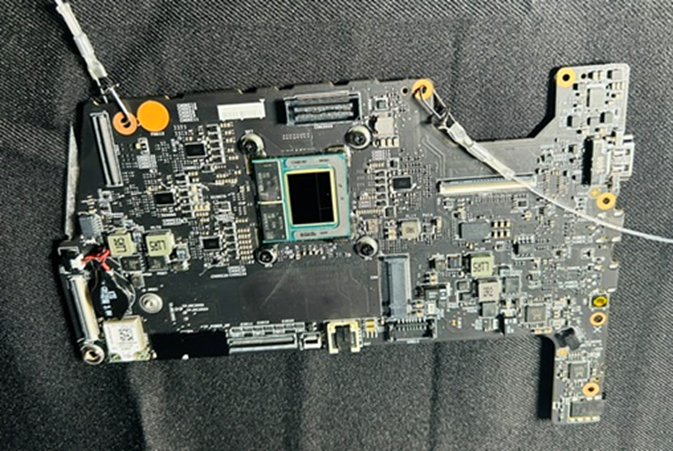
Overall, Lunar Lake is exactly what Intel needs right now, but they need it because the competition is strong in AI PC and some key ISV support is going elsewhere. Intel clearly believes that with its volume of shipments and the right product, it can shift the balance back towards them, and based on what we have seen so far, that would be a good bet.